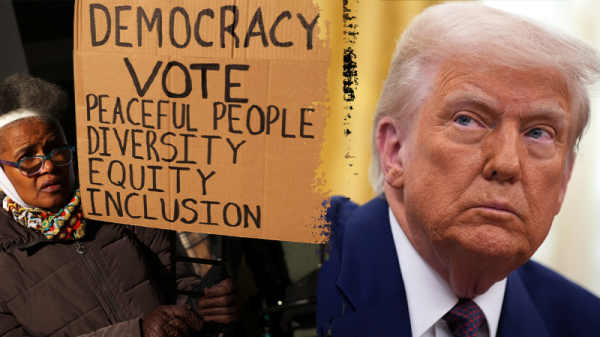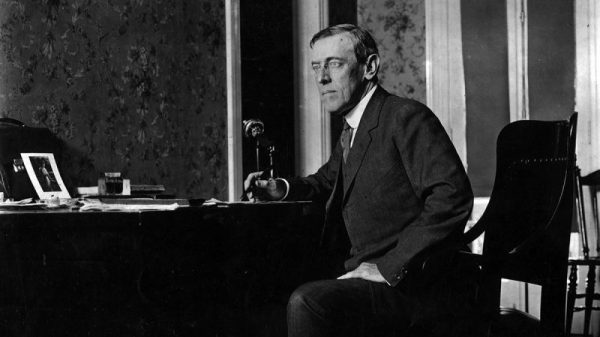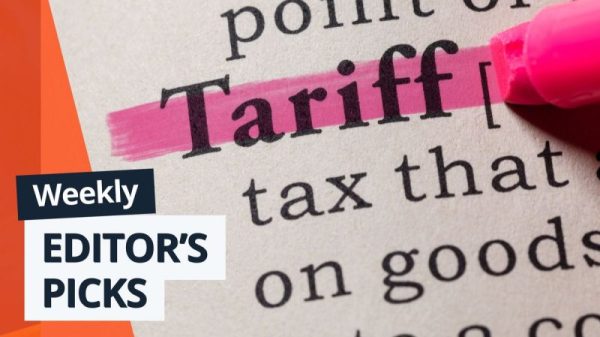`)
}
});
} else {
$(‘.blur’).css({
‘background’: ‘linear-gradient(95deg, #4e4e4e 25%, #000 45%, #bbb 75%, #FFFFFF 100%) 98%/200% 100%’,
‘text-transform’: ‘inherit’,
‘-webkit-background-clip’: ‘text’,
‘background-clip’: ‘text’,
‘-webkit-text-fill-color’: ‘transparent’
})
$(“.wpb_content_element”).append(`
Want to read more?
Click on the button below to access all premium content
articles by purchasing one of our educational packages
`)
}
});
Renewable power production, achieving Net-Zero in the UK
Achieving Net-Zero has become a major issue for governments throughout the world. Despite the challenges there have been some huge advances but is enough being done to meet the target dates set by governments.
According to The Energy and Climate Intelligence Unit ‘eciu.net’, which produces the ‘Net Zero Scorecard’ of the 193 countries that are members of the UN, 24 have targets set in law, 46 are in a policy document, 11 have declared a pledge, and 46 have proposals in, discussion.
In the UK whose target which is in law, is 2050. Wind farms produced over 32% of the total electricity over the first three months of this year and for the first time ever over 25% for the whole of last year. The National Grid said, in March this year total renewables accounted for 46% of the UK’s total power. Considering where the UK was in 2013 these figures are a remarkable success. But what are the future plans?


































